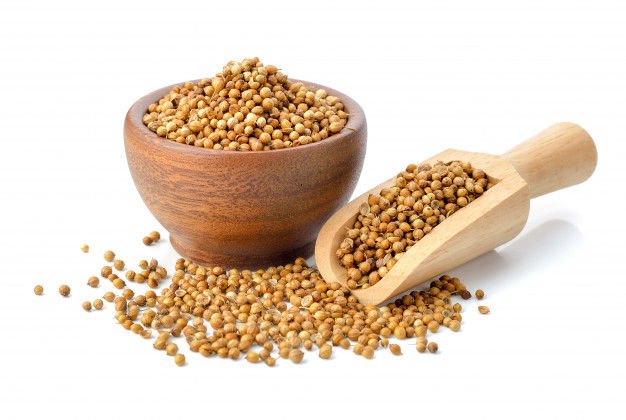CORIANDER SEEDS
Quick Facts
Specification of Dry Coriander Seeds for sale• Foreign Matter – Basis 1% and acceptable upto 2%
• Damaged, Discolored & Shriveled seeds – Basis 2% and acceptable upto 5%
• Weevil seeds – Max 0.5%
• Coriander splits (Dal) – Basis 5% and acceptable upto 10%
• Live infestation – Not allowed
Color : Brown
Processing type: Raw Dry
Origin: Kenya / Thailand / South Africa
Price: $1300 - 1500 / Ton ( Negotiable )
Supply Capasity: 700 - 1000 Ton Monthly
Packaging Details: 10 Kg, 25 Kg, 40 Kg, 50 Kg Packing Available
Product Name : Coriander Seeds
Botanical Name : Coriandrum sativum
Available Forms :Whole Seeds
Availability : Whole Year
REACH US: SUPPORT@GLOOGALMARKET.COM

